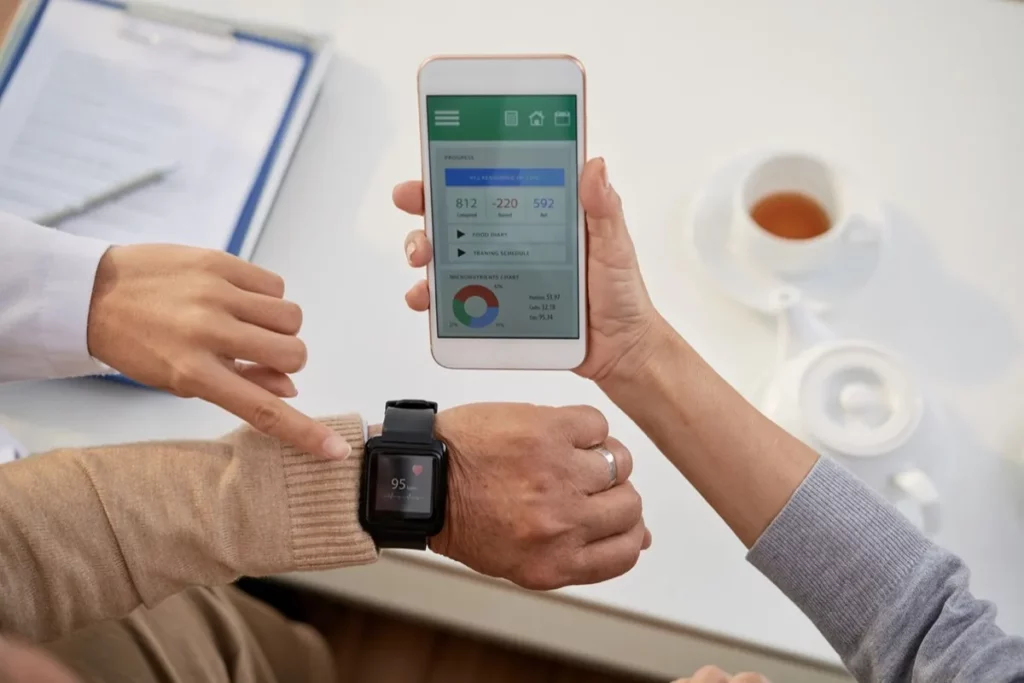In March 2019, the FDA published a flurry of guidance documents regarding clinical trials. There was guidance for sponsors, and guidance for industry on Severely Debilitating or Life-Threatening Hematologic Disorders (SDLTHDs).
With these publications came a statement from then-FDA Commissioner Scott Gottlieb, who encouraged the industry to further embrace the innovations that facilitate decentralized clinical trials.
“Unfortunately, we’ve seen a continued reluctance to adopt innovative approaches among sponsors and clinical research organizations,” the news release read. “In some cases, the business model adopted by the clinical trial establishment just isn’t compatible with the kind of positive but disruptive changes that certain innovations can enable.
“We appreciate that scientific and technical complexity is a real and ongoing challenge, but industry and academia also need to invest in and leverage these approaches and develop new incentives that reward collaboration and data sharing across the clinical research enterprise.”
Within the industry, however, you will find plenty of people who will argue the flipside, that the FDA’s own guidance chills innovations in decentralized trials.
To assess whether FDA guidance is actually keeping pace with innovation, let’s first look at key events that took place in the months before the COVID-19 pandemic changed everything. Then, we can take stock of the current moment in its full context.
Pre-COVID: FDA Guidance to 2020
Writing at the Tec4Med blog in late 2019, industry writer Raphael Warnke notes just how far FDA guidance around trial decentralization had come.
“It started in 2007 with an official FDA guidance document, which provides recommendations regarding the use of Computerized Systems Used in Clinical Investigations,” Warnke says. “This document is the basis for modern technology within a clinical study.”
By 2013, he writes, the FDA had issued guidance regarding electronically sourced data in clinical trials that promoted capturing digital data — at least, as long as the reliability, quality and origin of the data could be proved.
That said, the FDA has cautioned researchers that trial decentralization has its limits. Annemarie Forrest then with the Clinical Trials Transformation Initiative, a public–private partnership cofounded by Duke University and the FDA, was the corresponding author of a paper published in December 2019 that explored these limits.
From the paper: “Not all clinical trials are suitable for decentralization. Where infrastructure is already established for an ongoing trial, amending the protocol to introduce remote or decentralized methodologies may be [an] ideal incremental step.” That authors note, for example, how mobile technologies could facilitate remote monitoring and data capture, but that ultimately depends on the reliability of those devices.
Still, the FDA’s long view of clinical research left plenty of room for innovation and decentralization. “My prediction is that clinical trials in 10 years’ time will be hard for us to recognize,” Leonard Sacks at the FDA’s Center for Drug Evaluation and Research noted in a 2018 training course slide deck.
“Increasingly they will occur at patient homes or at their private doctors. Patients may potentially wear their sensor devices, flash pictures of their lesions from their cellphones, submit patient reported outcomes on their tablet computers, perhaps even receive their study drugs by drone.”

COVID-19 Brought Decentralization Into Sharp Focus
The COVID-19 pandemic has had numerous short-term and long-term effects on clinical trials.
In the early weeks of the pandemic, trials ground to a halt as many patients no longer felt safe participating in trials as they had been designed. In response, many trials pivoted to remote conferencing and remote monitoring of patients where possible.
The FDA published guidance in March 2020 that spoke to this. Among the recommendations from the FDA was a reminder of how trial investigators need to be trained on using teleconferencing tools and how they must safeguard a participant’s privacy during a call.
“The FDA’s guidance has been built around several key themes, including prioritizing patient safety, minimizing risks to trial integrity, and documenting of reasons for any protocol changes and deviations,” Sue Sutter at Pink Sheet [subscription required] summarized in June 2020.
“… Clinical trial conduct and oversight seems likely to be one of the key areas where adjustments in the FDA’s regulatory approach necessitated by COVID may outlast the pandemic.”
On top of that, general awareness of clinical trials grew in response to the COVID-19 pandemic and high-profile races to develop a vaccine. “Dare we say, if there are silver linings to the pandemic, they would be changes to FDA policies in drug development, and the increased awareness and push toward more virtual clinical trials,” the team at neurocognitive assessment company Savonix writes.
But industry innovation can’t just be a series of reactions to a pandemic. That’s not a sufficiently stable base to build upon. “To avoid a reactive posture requiring constant ad hoc measures, sponsors, investigators, and regulators should commit to fundamental change,” E. Ray Dorsey, Benzi Kluger and Craig H. Lipset write in the Annals of Neurology.
“… [O]rganizations must address cultural reticence that often creates fictional barriers and reasons to maintain the status quo. Inertia has only increased the cost of trials, excluded many willing participants, led to repeated failures especially for neurodegenerative conditions, and missed the immense benefits of technology that has transformed most other aspects of society. The status quo is no longer a viable option.”

Now, the Demand for New Guidance Has Grown
As the fallout from COVID-19 continues, the entire healthcare sector will have to codify and update regulations to account for all of the ways people had to pivot in 2020. This absolutely includes clinical trial teams.
As but one example, Jill Wechsler at Applied Clinical Trials asks how FDA inspections will look in a post-pandemic world.
“[M]anufacturers should be establishing policies and systems able to evaluate and comply with FDA requests for production records, e-data bases, and relevant documents,” Wechsler writes. “At the same time, industry should be seeking more information from FDA on how it will restart its current inspection program, including the time frame for advance notices of planned inspections, how the agency is prioritizing inspections, and how a remote inspection would be conducted.”
These remain open questions.
At the BIO 2020 international convention, decentralized trials were a big conversation, one in which the FDA participated. “It represents an expansion of clinical research from traditional to decentralized trials,” Isaac Rodriguez-Chavez, then an officer for clinical research methodology, regulatory compliance and policy development at the Center for Drug Evaluation and Research, told the crowd.
“The whole Agency is engaged in this topic. The technology must make sense for the context in which it is used. For us, it comes down to following 21CFR Part 11 guidelines.”
But that guidance doesn’t seem to be enough. Rather than creating white space for innovation to expand, the FDA’s lack of guidance seems to be discouraging companies from taking next steps toward greater decentralization.
“As an industry I know we should be bolder, and we should be riskier, but I think that we would like to take a smart approach,” says Rasika Kalamegham, head of U.S. regulatory policy at Genentech.
“To that end, having some indication or some information from the agency — in the form of a draft guidance, even — would really go a long way toward helping us feel emboldened to take these kinds of trial designs into consideration.”
Images by: Mary Eineman, Dinis Tolipov/©123RF.com, Dinis Tolipov/©123RF.com
